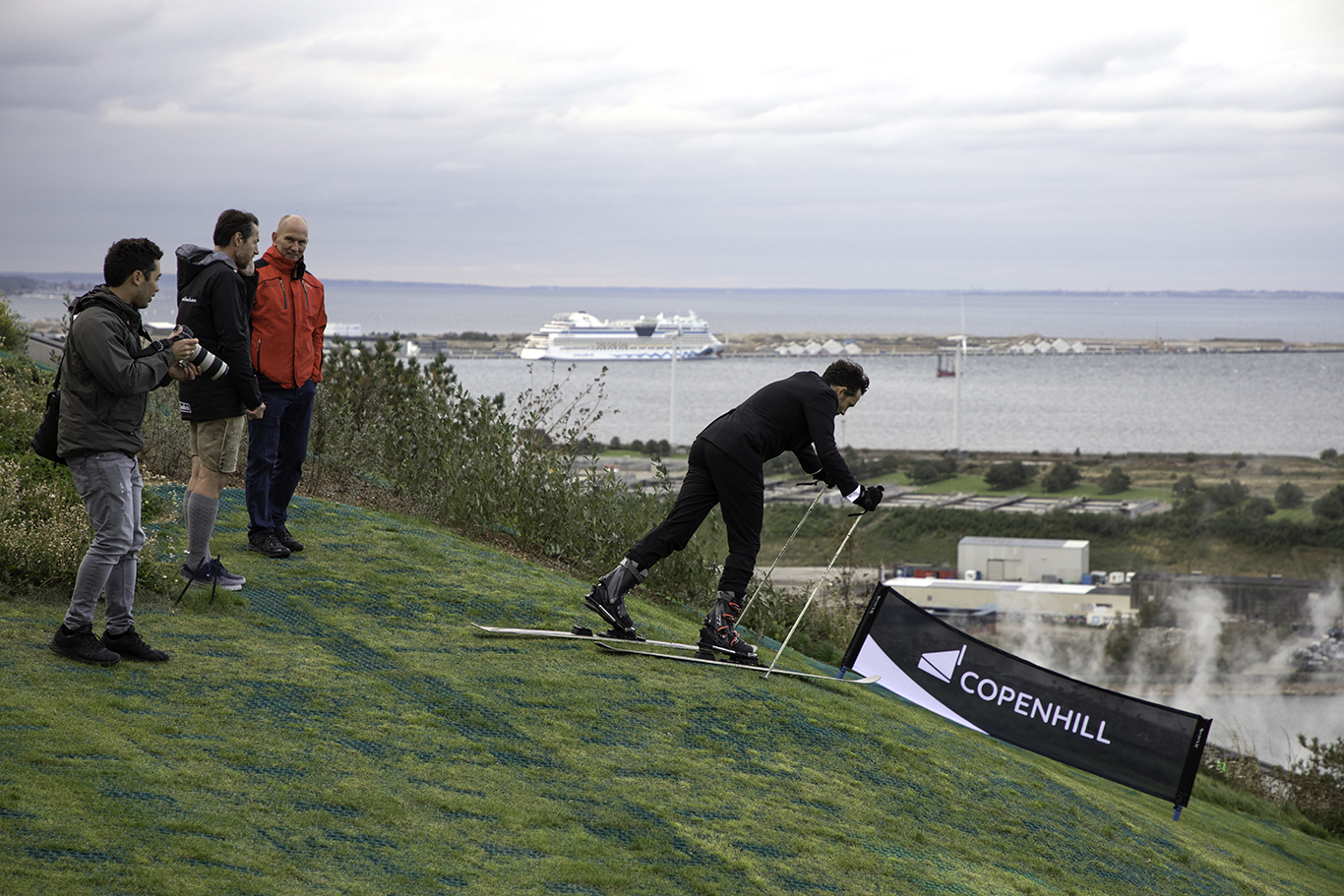
David Falzani, CEO of business consultancy Polaris Associates and president of the Sainsbury Management Fellowship, says engineers need to get a taste for marketing.
When the opportunity came along to develop a local crisp I jumped at the chance. The client, Quex Foods, manages 2,000 acres in Kent. After years of supplying the multiples, they wanted higher value-add products and suspected that crisps could do the trick.
How would you have proceeded? Would you perchance come up with a few flavours, make some initial samples and try them in the market?
In the beginning, before the mid-20th century, manufacturing technology developed products at never before seen quality and cost. This facilitated the ‘if you build it, they will come’ philosophy of building stock then worrying about selling it.
In today’s consumer brand driven marketplace the exact opposite is true. The critical success factors of products are the emotional and communicative elements of the offering rather than the tangibles. New products need a strategy to build emotional resonance between the potential users and the new products’ values.
In these markets, manufacturing and supply are commodities without significant competitive advantage.
The product design process (which I call marketing) is complex and includes both emotional and functional components: core values were defined, a list of marketing concepts were devised such as ‘traditional’, ‘home made’, ‘nature’, ‘super premium’, ‘alternative’ and ‘landmarks’. Each had a set of messages and visual translations, e.g., black and white rural scenes, ribbon-tied gingham check, wildlife shots and Kentish icons such as the white cliffs of Dover.
Concurrently, food trends, retail channels and Kent associations were examined. A similar process focused on the brand name, tag line and the choice of initial flavours.
The resulting bundles were then tested with target consumers. The ‘New Coke’ debacle in the 1980s demonstrated the dangers of directly asking consumers what they most like. Instead, such testing can only attempt to fire shots across the bows of the decision-making process.
Seventy-five per cent of UK crisp sales are of cheese & onion, ready salted, and salt & vinegar flavours. Having developed Kent versions of these, Whitstable’s heritage led us to Oyster & Vinegar crisps—the first in the UK to contain real oyster (if you are curious, they taste wonderful, the way a fish & chip wrapper smells).
The final Kent Crisps (with the tagline “From the Garden of England”) are a hand made premium crisp celebrating Kent landscapes and flavours. Product sales romped through 100,000 packets within five weeks from launch via farm shops and continue to grow fast. Kent News summed them up as “an edible tourist guide”.
Too many British manufacturing companies today still follow ‘if you make it, they will come’ instead of ‘find out what will make them come, even if they don’t know it yet themselves, then make it’.
This latter approach means constructing a ‘virtual machine’ comprising research, questionnaires, emotional analysis, market creativity and a final pinch of serendipity in order to maximise chances of success.
At this year’s Manufacturing Summit, it struck me just how many of the success stories demonstrated not only good manufacturing capabilities but, crucially, also superior market and commercial skills.
What’s a chartered engineer doing designing crisps? I was awarded a bursary by the Sainsbury Management Fellowship to study an MBA in a world leading business school—a scheme set up by Lord Sainsbury to encourage more engineers to gain business skills to increase the UK’s competitiveness.
* * *
This article first appeared in Professional Engineering and has been reprinted with kind permission of the publisher. http://profeng.com/
SMF was established in 1987 by Lord Sainsbury who believes talented engineers make a valuable contribution to the senior management of an organisation.
Learn more at www.smf.org.uk.












